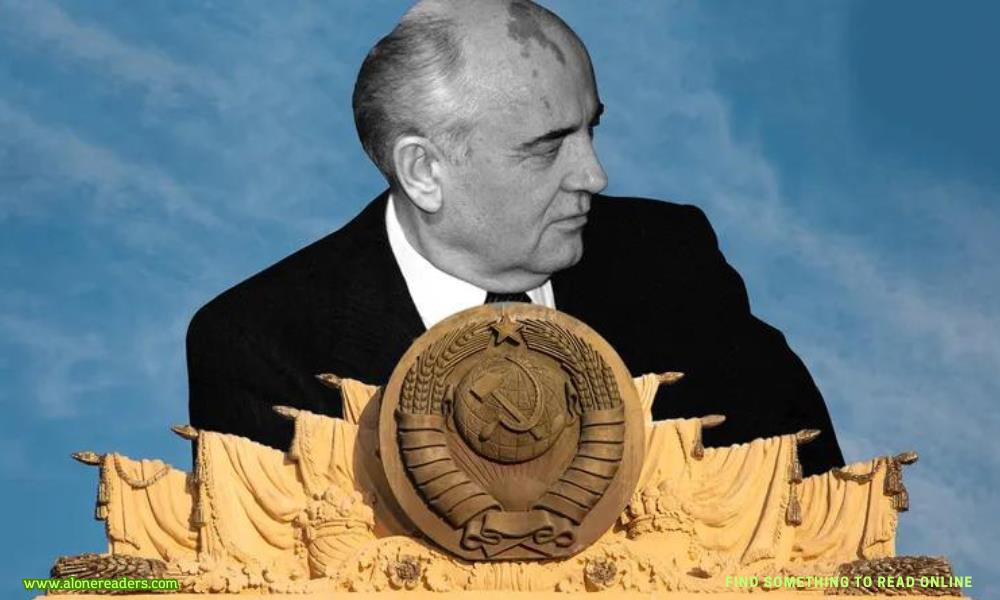
Mikhail Gorbachev, who became the General Secretary of the Communist Party of the Soviet Union in 1985, is often credited with initiating the reforms that significantly altered the course of Soviet history. His policies of Perestroika (restructuring) and Glasnost (openness) were intended to revive the stagnating Soviet economy and open up the political system to more transparency and freedom. However, these reforms had far-reaching consequences that went beyond Gorbachev's original intentions. Instead of revitalizing the Soviet Union, Perestroika and Glasnost exposed the deep flaws within the Soviet system, leading to an unprecedented wave of political and social change that ultimately contributed to the collapse of the USSR in 1991.
Perestroika aimed at restructuring the Soviet economic and political system. The Soviet economy had been in decline for years, plagued by inefficiency, corruption, and a lack of innovation. Gorbachev recognized that without significant changes, the Soviet Union would continue to fall further behind the West, both economically and technologically. He introduced economic reforms that allowed limited private enterprise, reduced central planning, and attempted to make state enterprises more efficient. These changes were radical in a system that had been dominated by centralized control for decades. However, the implementation of these reforms was inconsistent, and the results were mixed. Instead of revitalizing the economy, Perestroika often led to confusion and disruption. The Soviet economy, already struggling, began to unravel further, leading to shortages, inflation, and a decline in living standards for many Soviet citizens.
Glasnost, on the other hand, was Gorbachev's policy of openness and transparency. It allowed for greater freedom of speech, reduced censorship, and encouraged a more open discussion of political and social issues. Glasnost was intended to expose and address the problems within the Soviet system, including corruption, inefficiency, and human rights abuses. Under this policy, the Soviet media began to report on previously taboo subjects, such as the Stalinist purges, environmental disasters like Chernobyl, and the ongoing war in Afghanistan. This openness empowered citizens to express their dissatisfaction with the government, and soon, calls for more profound political reforms began to grow. However, Glasnost also had unintended consequences. As more information became available, the Soviet people began to lose faith in the Communist Party and its ability to govern. The legitimacy of the Soviet state was increasingly questioned, and nationalist movements in the republics gained momentum, pushing for independence.
The combination of Perestroika and Glasnost set off a chain reaction that Gorbachev could not control. The Soviet Union, a state built on centralization and control, was suddenly facing the forces of decentralization and democratization. The weakening of central authority, coupled with the economic turmoil caused by Perestroika, led to widespread unrest. In the Baltic states, Ukraine, and other republics, nationalist movements gained strength, demanding greater autonomy or outright independence. The Soviet government's attempts to suppress these movements only fueled further resistance. By 1990, the Soviet Union was unraveling, with republics declaring sovereignty and pushing for independence.
The political landscape within the Soviet Union also began to shift dramatically. The Communist Party, which had been the unchallenged ruler of the state, found itself under attack from both reformers and hardliners. Reformers, inspired by Glasnost, pushed for more significant political changes, including the introduction of multi-party democracy. Hardliners, on the other hand, viewed Gorbachev's policies as a betrayal of socialist principles and sought to reverse the reforms. The internal divisions within the Party and the government further weakened the Soviet state. In August 1991, a group of hardline communists attempted a coup to remove Gorbachev from power and restore the old order. The coup failed, but it dealt a fatal blow to the Soviet Union. In the aftermath, the authority of the central government collapsed, and the republics moved rapidly towards independence. By the end of 1991, the Soviet Union had ceased to exist, replaced by the Commonwealth of Independent States.
Gorbachev's Perestroika and Glasnost were initially intended as a means of reforming the Soviet system to make it more sustainable in the long term. However, these policies inadvertently accelerated the Soviet Union's collapse by exposing the inherent weaknesses in the system and empowering forces that sought its dissolution. While Gorbachev's legacy is complex, with some viewing him as a visionary reformer and others as a leader who presided over the demise of a superpower, it is clear that Perestroika and Glasnost marked the beginning of the end for the USSR. In attempting to save the Soviet Union, Gorbachev may have unwittingly hastened its fall, leading to one of the most significant geopolitical shifts of the 20th century.